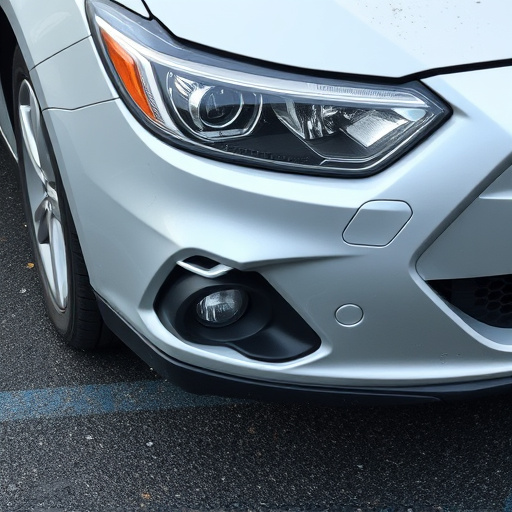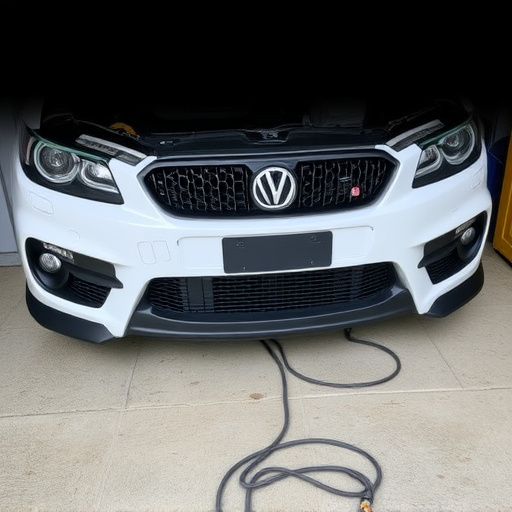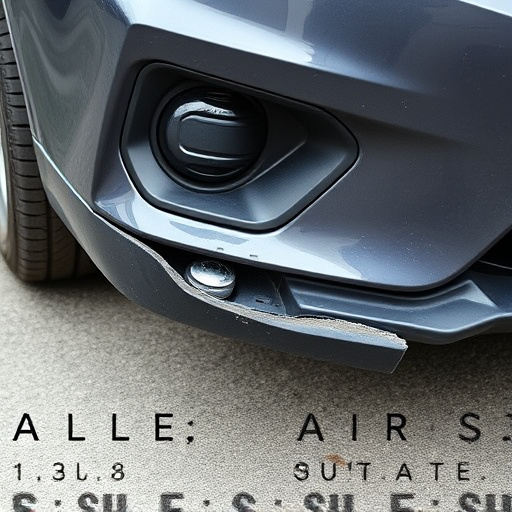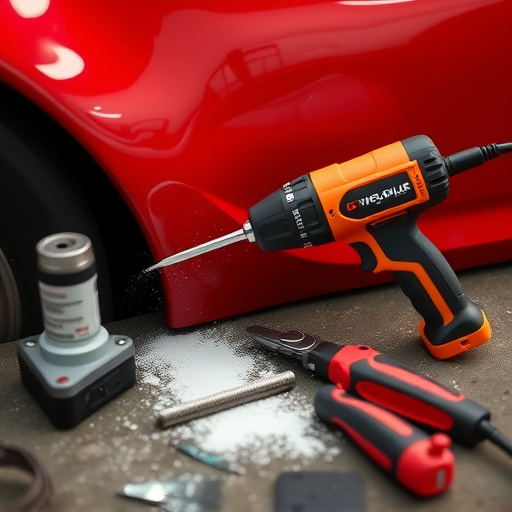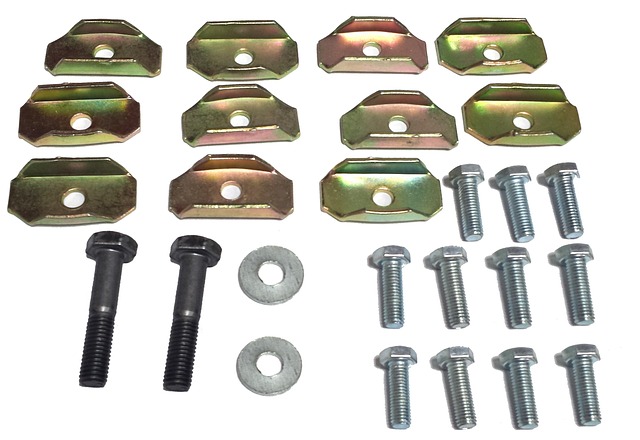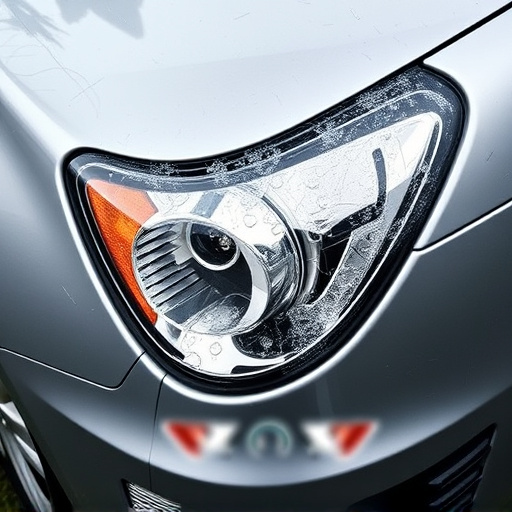Mercedes Run-Flat tires offer enhanced safety and durability through self-sealing technology and robust construction, enabling continued driving after punctures or valve stem failures. Regular inspection is crucial to identify damaged valve stems, which can compromise the tire's effectiveness. Replacement involves a meticulous process including thorough inspection, skilled removal of old tires, addressing bodywork issues if needed, fitting new tires, and post-installation checks for safe operation and optimal performance.
Mercedes run-flat tires offer unparalleled safety with their unique mechanism, sealing punctures and maintaining air pressure. However, over time, valve stems—a crucial component—can become damaged, compromising performance. Knowing when to replace these stems is vital for optimal safety. This article guides you through understanding Mercedes run-flat tires, recognizing damaged valve stem signs, and the step-by-step process of replacing them, ensuring your vehicle’s continued top-tier performance.
- Understanding Mercedes Run-Flat Tires and Their Unique Mechanism
- When to Replace Damaged Valve Stems: Signs and Causes
- The Process of Replacing Run-Flat Tires for Optimal Safety and Performance
Understanding Mercedes Run-Flat Tires and Their Unique Mechanism

Mercedes Run-Flat tires are designed with a unique mechanism that sets them apart from traditional tires. This innovative technology allows the tire to maintain its structural integrity and support the vehicle’s weight even when sustaining significant damage, such as punctures or valve stem failures. The key to this lies in their self-sealing compound and robust construction. These tires are built with a special gum-rubber compound that instantly seals any minor tears or holes caused by road hazards, preventing air loss and enabling the driver to continue driving safely at reduced speeds.
The unique mechanism also incorporates a robust valve stem design, which is integral to the tire’s structure. Unlike standard tires, the Mercedes Run-Flat valve stems are not simply attached but integrated into the tire’s internal construction. In the event of a valve stem damage or detachment—a common issue in auto collision repair scenarios—the tire’s structural integrity remains intact, ensuring a safer ride until a proper Mercedes run-flat tire replacement can be performed by experienced automotive repair technicians.
When to Replace Damaged Valve Stems: Signs and Causes

Damaged valve stems in Mercedes run-flat tires are a concern that shouldn’t be ignored. While these tires are designed to withstand punctures and continue rolling, a damaged valve stem can compromise this safety feature. Pay attention to any signs of trouble, as early detection is key to preventing further issues.
Common causes include normal wear and tear over time, road hazards like sharp objects penetrating the tire, or previous damage to the wheel itself. If you notice your tire pressure light illuminating, sudden changes in tire pressure, or a noticeable bulge on your run-flat tire, it’s time to inspect the valve stems. A visual examination can often reveal signs of cracking, corrosion, or deformation, indicating the need for a Mercedes run-flat tire replacement and subsequent vehicle body repair if necessary. Don’t underestimate these warning signs; prompt attention could save you from a potentially dangerous situation down the road, quite literally. Remember, proper auto painting and vehicle body repair after a tire replacement ensures your car retains its aesthetic appeal and structural integrity.
The Process of Replacing Run-Flat Tires for Optimal Safety and Performance

Replacing Mercedes run-flat tires involves a meticulous process designed to ensure optimal safety and performance. It begins with a thorough inspection to identify the extent of damage, particularly focusing on the valve stems. Given the specialized nature of run-flat tires, this step is crucial to determine if the tire can be safely repaired or if a complete replacement is necessary. Auto dent repair experts use advanced tools to carefully remove the damaged tire while preserving the wheel’s integrity.
Once the old tire is removed, skilled technicians address any corresponding issues with the auto bodywork. This might include repairing or replacing damaged wheel wells and fenders. The new run-flat tire is then fitted, ensuring precise alignment for even wear. Post-installation checks verify both the proper inflation pressure and the seamless integration of the tire into the vehicle’s overall bodywork, guaranteeing not just safe operation but also top-tier performance.
Mercedes run-flat tires offer advanced safety features, but proper valve stem maintenance is crucial. Regularly inspect your vehicle for signs of damaged valve stems, as timely replacement ensures optimal tire performance and prevents unexpected failures. By understanding the process of Mercedes run-flat tire replacement, you can navigate any issues effectively, enhancing both safety and driving experience.


